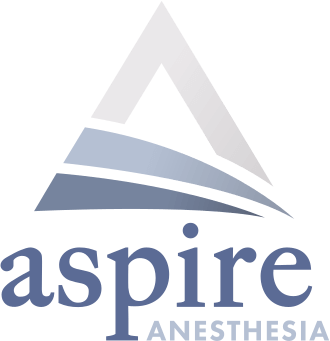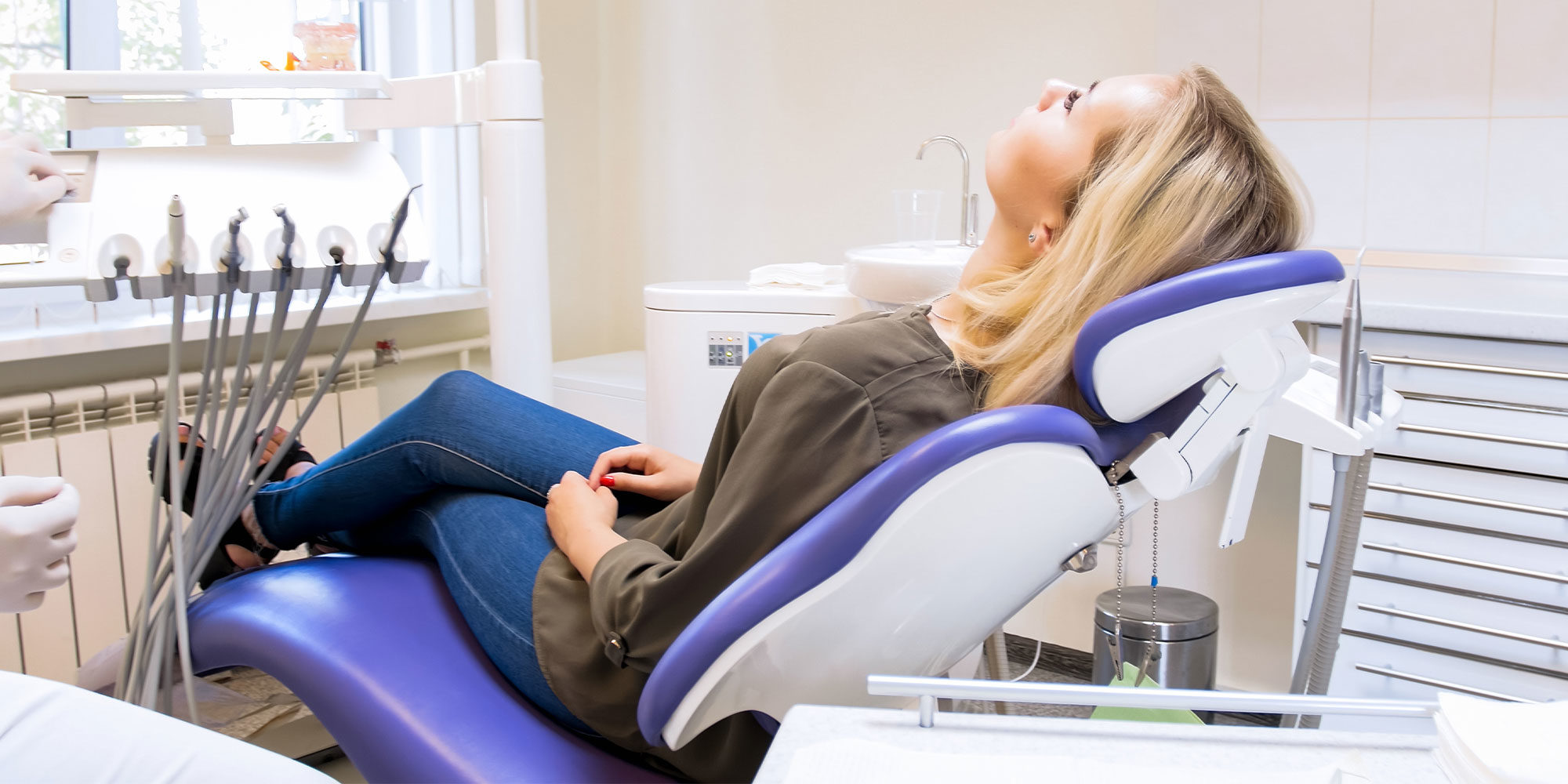
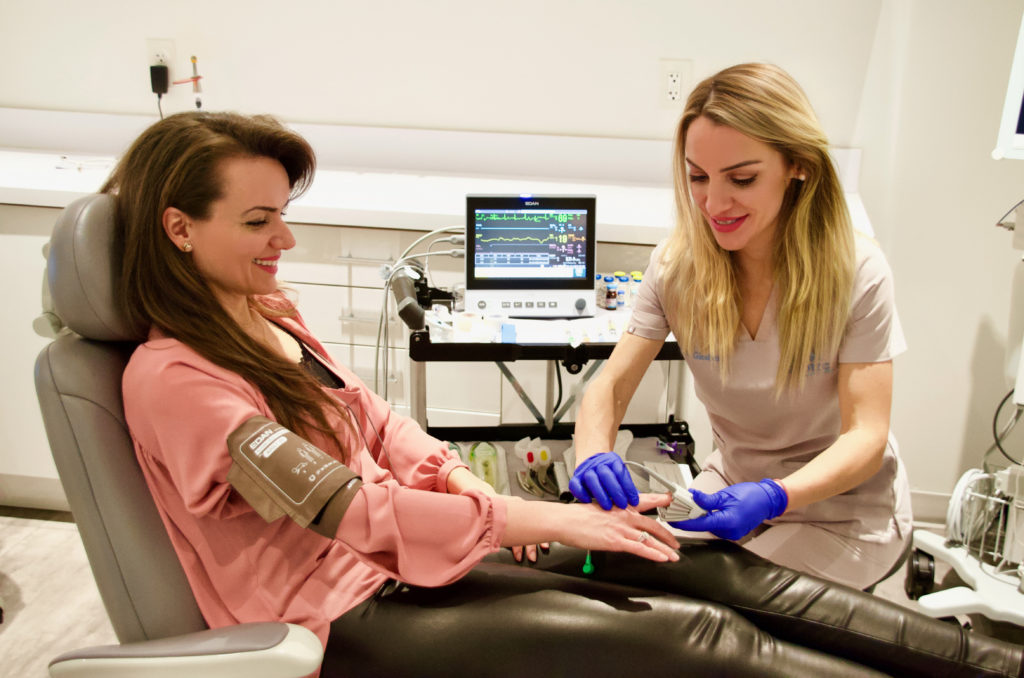
Set Yourself Up for Success
Dentist Anesthesiologist are first and foremost, dentists. As dentists, they have completed an undergraduate degree and a doctoral degree in dentistry (D.M.D. or D.D.S.). Dentist Anesthesiologists extend additional residency training specific to anesthesiology. The American Dental Association’s Commission on Dental Accreditation accredits certain residency programs. There are approximately eight programs in the US that offer a dental residency. In addition, these programs are affiliated with hospital Medical Anesthesiology programs and must comply with Graduate Medical Education (GME) standards.
Currently, dentists who complete an anesthesia residency complete three years of additional post-graduate education in anesthesiology.
Certain programs that offer Dental Anesthesia residency programs commonly train Physicians and Dentist together. As a result, Dental Anesthesia residents are often trained far beyond common dental surgical procedures. They are trained with a significant exposure to administer anesthesia to both medical, in addition to dental surgeries. This structured three-year curriculum encompasses the administration of anesthesia to patients ranging younger to older, as well as a diverse medical surgical exposure that include: trauma, neuro, heart, lung and other medical procedures.
Can any Dentist be an Anesthesiologist?
No. Oral and Maxillofacial Surgeons and Dentist Anesthesiologists complete residency that includes anesthesia training.
Dentists can take certification seminars to learn about oral and/or IV sedation. They technically are not dentist anesthesiologists although they present themselves as “sleep dentists,” “sedation dentists,” or even as “anesthesia provider experts”. A dentist anesthesiologist is required to successfully complete the three-year hands on residency program.
What Board-Certification means?
Attaining Board-Certification as Dentist Anesthesiologist demonstrates of the highest level of certification. Not every Dentist Anesthesiologist is Board-Certified. There are currently two board examinations, but only one that board certifies and designates the successful candidate as a Diplomate. That board is the American Dental Board of Anesthesiology (ADBA) which involves an intensive written and oral board examination after successful completion of an anesthesia residency.
The American Dental Board of Anesthesiology (ADBA) represents the most highly trained and experienced anesthesia-provider dentists in the profession.
Diplomates of the ADBA have demonstrated expertise in providing conscious sedation, deep sedation and general anesthesia to patients of all ages and medical complexities. This includes all types of dental, oral, maxillofacial and adjunctive surgical procedures, in both office-based and hospital or ambulatory surgery center operating room settings.
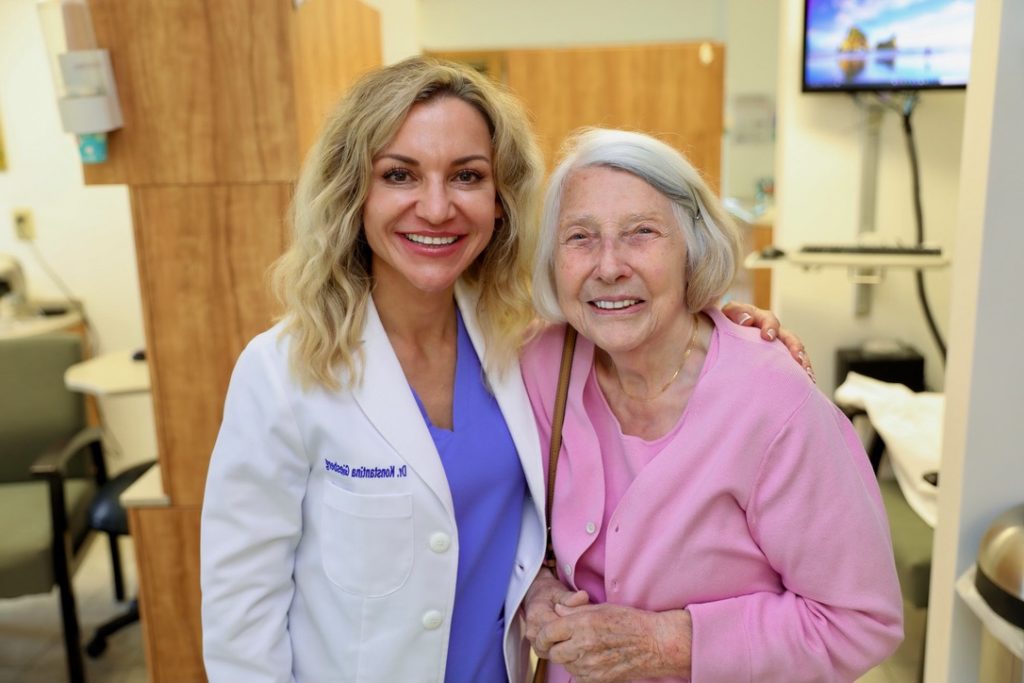
It all starts with awareness
While the recognition of Dental Anesthesiology remains as a newly accepted dental specialty, mounting regulatory pressure as well as increasing public awareness of patient safety issues in dentistry is helping to support the importance and value of the Dental Anesthesiologist recognition.
Many patients are unaware there are two types of practice models:
The single-provider/operator practice model
Whereby the operating dentist is simultaneously performing the procedure and directing the anesthesia or deep sedation while also performing patient monitoring.Most local anesthetics take effect quickly (within 10 minutes) and last up to an hour. Local anesthetics are available over the counter and as prescription in gel, ointment, cream, spray, patch, liquid and injectable forms. Sometimes local anesthesia is combined with a mild sedation in order to help relax patients.
The multi-provider team-based safe practice model
As the surgeon or proceduralist and the professional responsible for the monitoring and sedation of the patient are two distinct individuals with separate patient-specific tasks.
Individualized Care
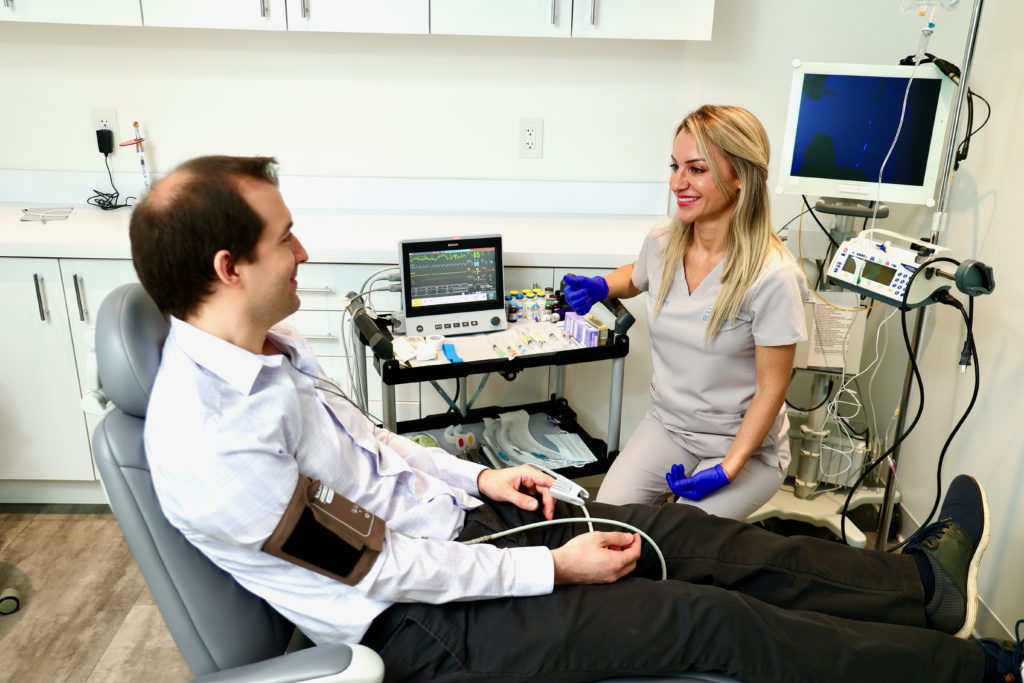
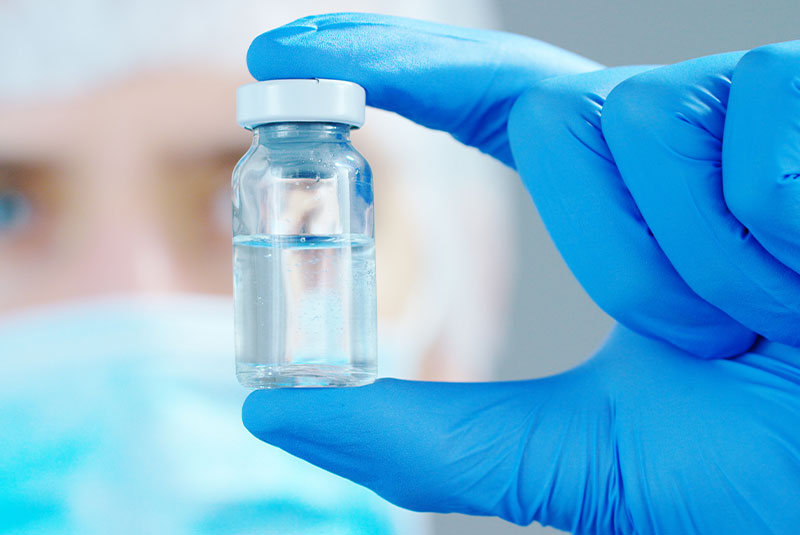
Patients should have a thorough understanding of:
- The type of anesthesia medications they will be receiving
- Who and how anesthesia be administered
- Above all, the health and safety monitoring during and after the procedure
